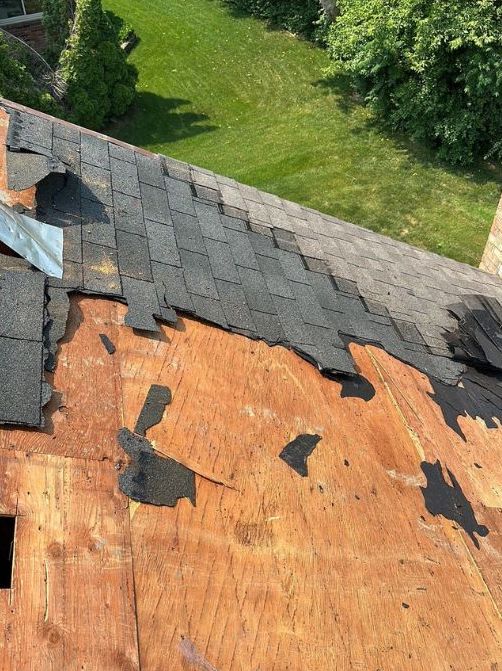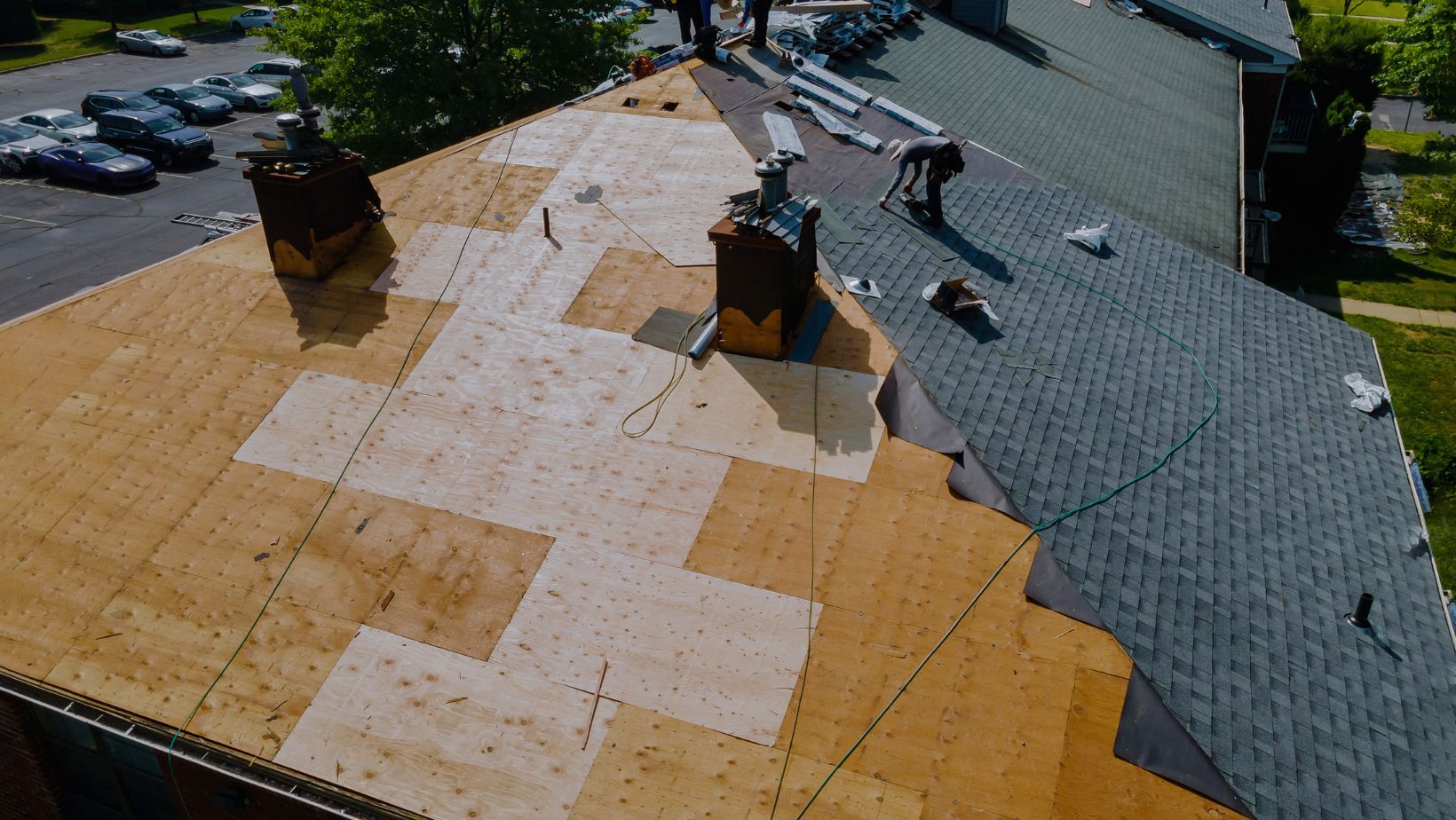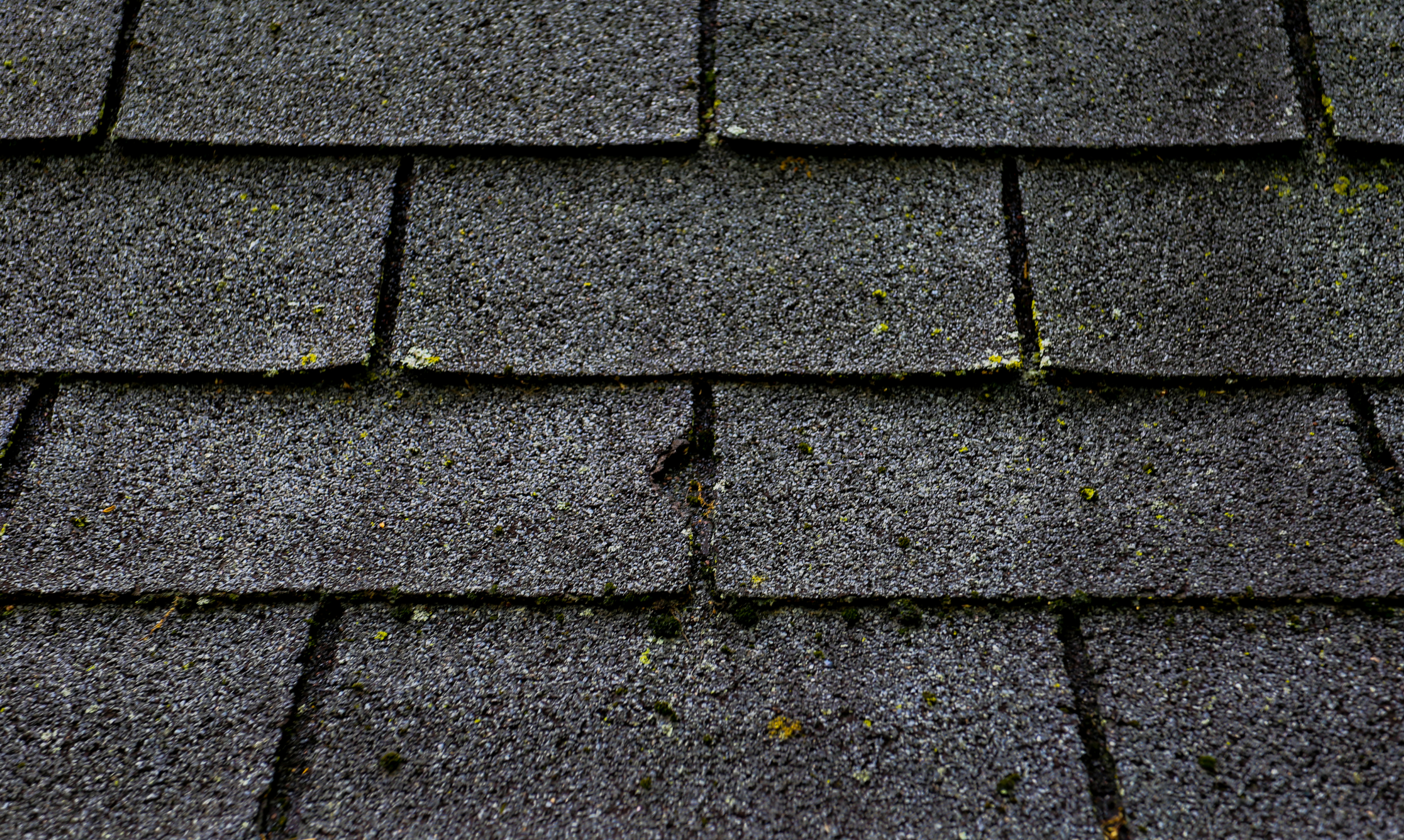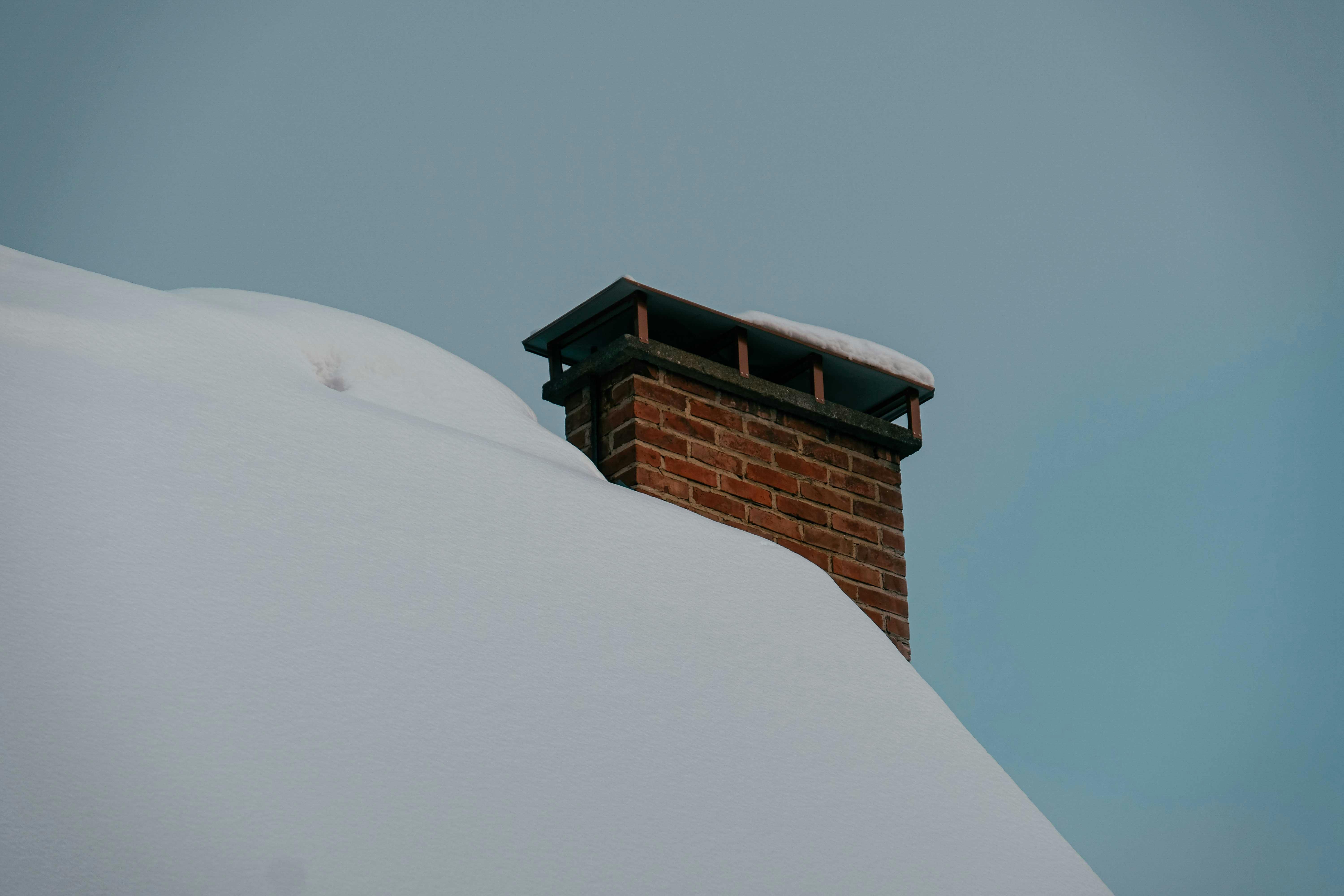

Introduction
Roof Overlays vs. Tear-Offs
When it comes to replacing an aging or damaged roof, homeowners are often faced with the decision of whether to opt for a roof overlay or a tear-off. Both options have their pros and cons, and understanding the differences between them is crucial in making an informed choice. In this blog post, we'll explore the characteristics of roof overlays and tear-offs to help you determine which option is best suited for your roof replacement needs.
Overlays
A roof overlay, also known as a re-roof or roof recover, involves installing new shingles over the existing roof without removing the old layer. Here are some key considerations regarding roof overlays:
Cost-Effective: Roof overlays tend to be more cost-effective than tear-offs since they eliminate the labor and disposal costs associated with removing the old roofing materials.
Time-Efficient: Compared to tear-offs, roof overlays are generally quicker to complete, as there is no need to remove the existing roof entirely. This can be particularly advantageous if you're looking for a fast solution or if weather conditions are a concern.
Minimal Disruption: Roof overlays cause minimal disruption to the occupants of the home, as the interior is not exposed during the installation process. This can be beneficial if you're looking to minimize the inconvenience and mess associated with a major roof replacement project.
Moisture Trapped: One of the significant concerns with roof overlays is the potential for moisture to become trapped between the old and new layers of roofing materials. If there are existing leaks, moisture damage, or inadequate ventilation in the underlying roof, an overlay may not effectively address these issues. Trapped moisture can lead to rot, mold growth, and further deterioration of the roof structure over time.
Weight Considerations: Roof overlays add an additional layer of shingles on top of the existing roof. This increases the overall weight that the roof structure must bear. It's crucial to ensure that the existing roof structure can support the added weight without compromising its integrity.
Warranty Limitations: Many roofing manufacturers have limitations or exclusions for warranties when an overlay is performed. They may not guarantee the performance or longevity of the new roof if it's installed over an existing layer.
Existing Roof Conditions: Roof overlays have limitations regarding the condition of the existing roof. Some common limitations include:
a. Single Layer Requirement: Roof overlays are typically suitable when there is only one existing layer of roofing material. If there are multiple layers already in place, a tear-off may be necessary to ensure proper installation and prevent excessive weight.
b. Decking Condition: The roof decking, which provides the foundation for the roofing materials, must be in good condition for an overlay to be viable. Any existing rot, damage, or deterioration in the decking should be addressed before proceeding with an overlay. Insufficient decking may compromise the integrity of the new roof and lead to structural issues.
c. Compatibility: Roof overlays are typically limited to being installed over three-tab shingles rather than architectural shingles. Three-tab shingles have a flatter and smoother profile, allowing for proper adhesion and a seamless appearance when overlaying. Architectural shingles, on the other hand, have a thicker and more dimensional design, making it challenging to achieve a smooth and uniform look with an overlay. Therefore, if your existing roof has architectural shingles, a tear-off may be necessary to ensure compatibility and a satisfactory end result.
Tear-Offs
A tear-off involves the complete removal of the existing roofing materials before installing a new roof. Here are some factors to consider when opting for a tear-off:
Identifying Underlying Issues: Tear-offs allow for a thorough inspection of the roof's underlying structure. This process enables contractors to identify and address any potential issues, such as water damage or rot, that may have been hidden beneath the old roof.
Improved Longevity: By starting with a clean slate, a tear-off allows for the proper installation of new roofing materials. This ensures optimal performance and longevity, as there are no underlying issues or potential interferences from the old roof.
Enhanced Energy Efficiency: Tear-offs provide an opportunity to upgrade insulation and ventilation systems, potentially improving energy efficiency and reducing heating and cooling costs.
Greater Design Flexibility: Tear-offs give homeowners the freedom to choose from a wide range of roofing materials, styles, and colors. This allows for a fresh start and the opportunity to enhance the curb appeal and aesthetic value of the property.
Increased Cost and Time: Tear-offs generally involve higher costs due to the labor and disposal expenses associated with removing the old roof. Additionally, the process can be time-consuming, especially for larger or complex roofs.
Conclusion
Due to the potential issues and stipulations associated with roof overlays, it is worth noting that many professional roofing contractors (including us) may not recommend this option as a standard practice. We prioritize tear-offs to ensure the best long-term results. However, every roof is unique, and it's important to discuss all available options. We can assess your specific circumstances, including the condition of your roof, local regulations, and your budget, to provide you with the most suitable recommendations. We can explain the pros and cons of both roof overlays and tear-offs, helping you make an informed decision regarding the best course of action for your roof replacement project.
Choosing between a roof overlay and a tear-off largely depends on your specific circumstances, budget, and long-term goals. While overlays offer cost and time efficiency, tear-offs provide the opportunity for a comprehensive roof replacement, addressing underlying issues and allowing for design flexibility. We can help you to assess the condition of your current roof, evaluate your needs, and guide you towards the most suitable option. Investing in a quality roof replacement ensures the protection and durability of your home for years to come.




